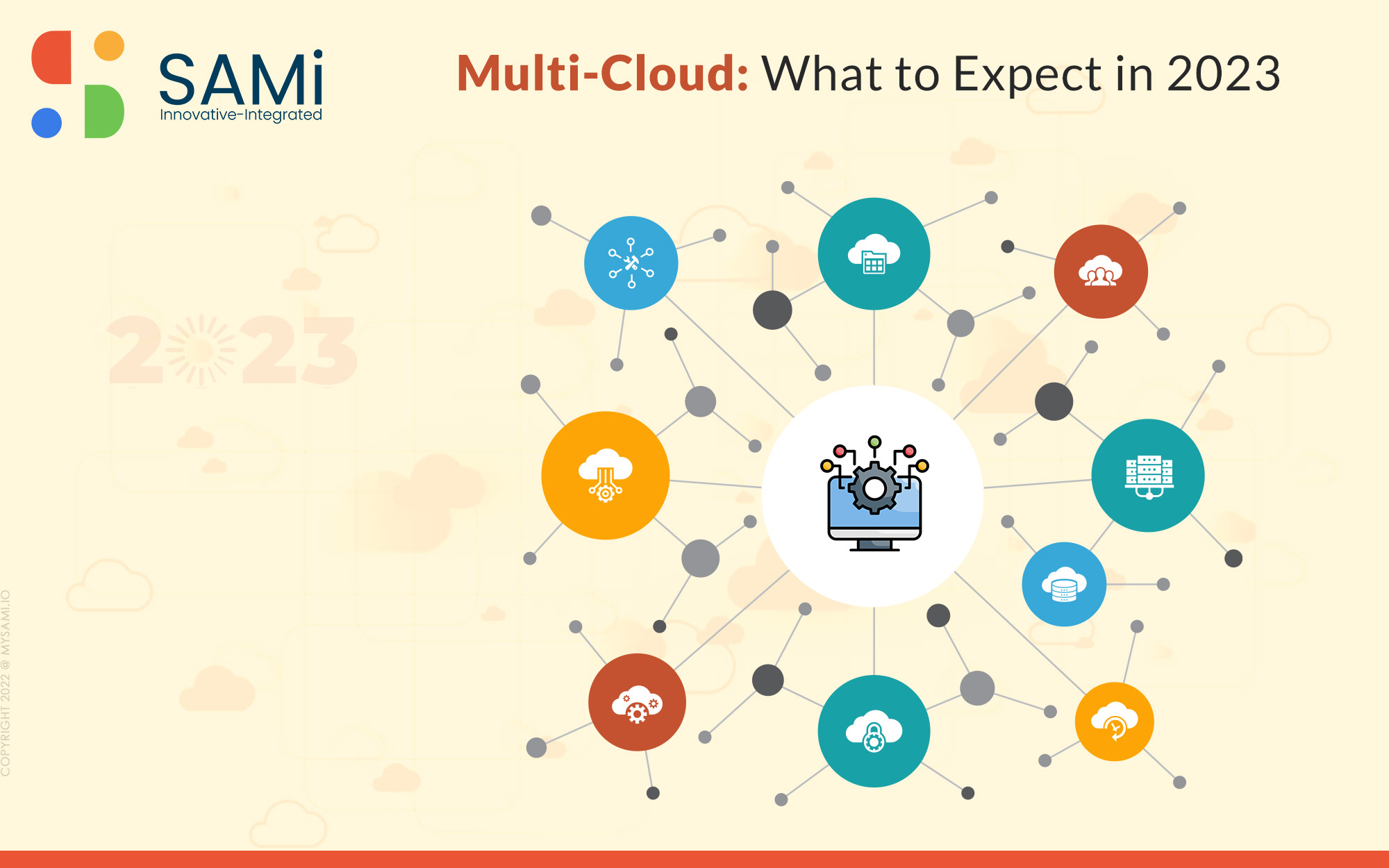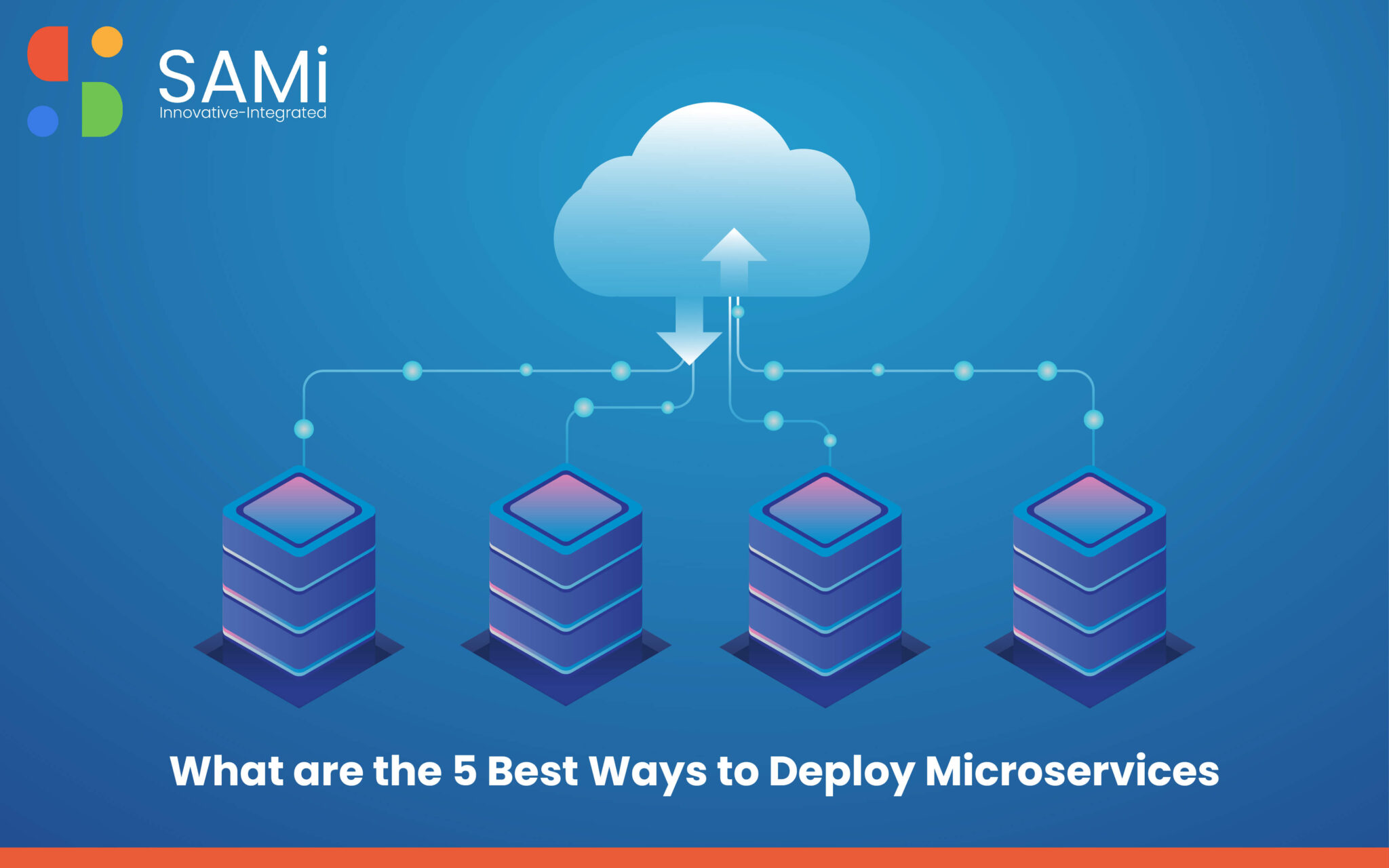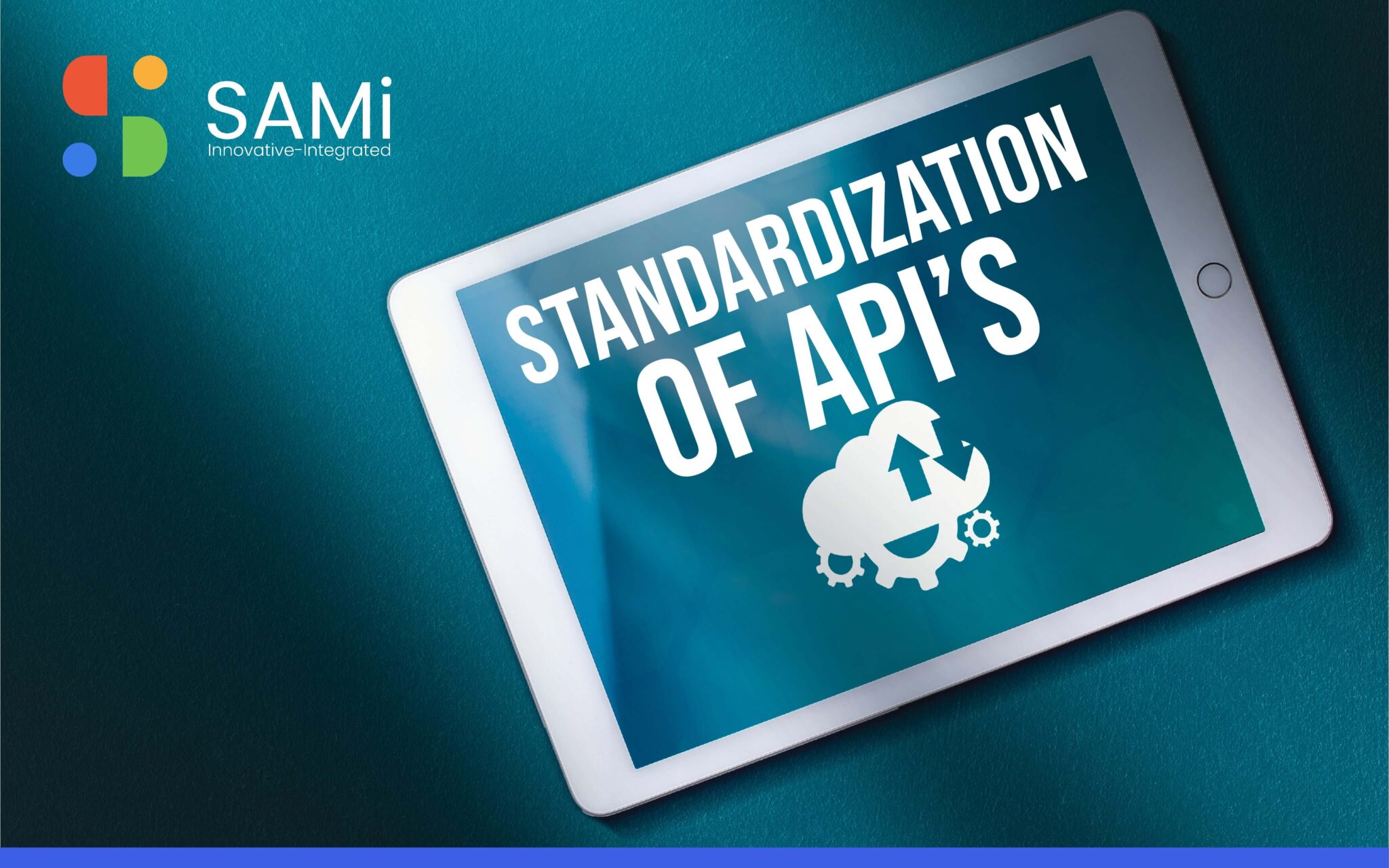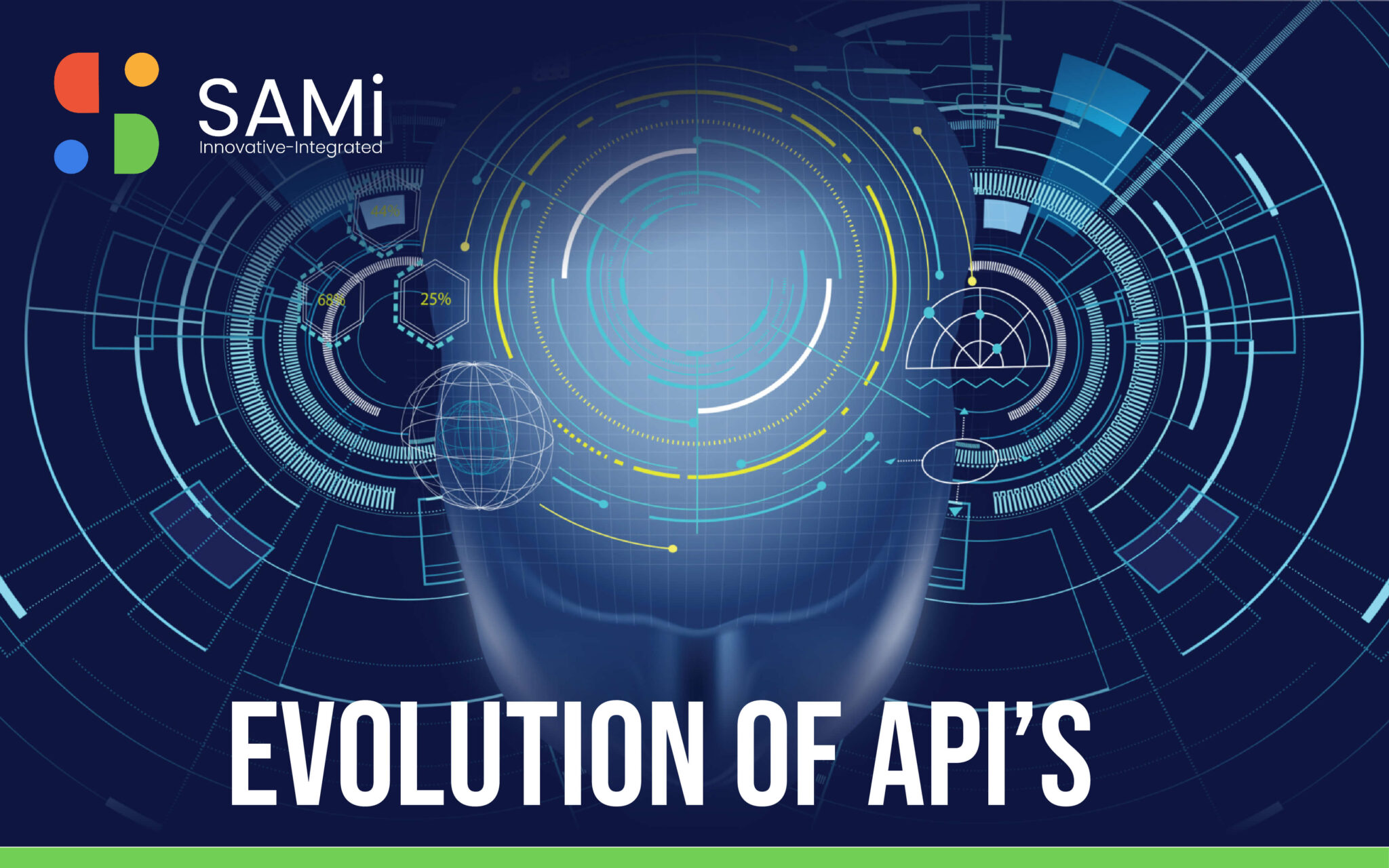Introduction
As cloud computing continues to gain traction in the business world, it’s no surprise that multi-cloud solutions are becoming increasingly popular. Multi-cloud is an umbrella term for solutions that involve multiple cloud services, such as Amazon Web Services (AWS), Google Cloud Platform (GCP), and Microsoft Azure.
What is Multi-Cloud?
Multi-cloud is a cloud computing model that uses multiple cloud services from multiple cloud providers. It allows organizations to leverage the advantages of multiple cloud providers and their services, while also mitigating the risks associated with relying solely on one cloud provider.
At its core, multi-cloud is a cloud computing strategy that uses multiple independent cloud services and infrastructure from multiple cloud providers. This allows the organization to use the best of each provider for its specific needs, as well as to spread out the risk of relying on one provider.
Also Read: 5 Best Practices for Application Modernization Strategies
Multi-Cloud in 2023. What can we expect?
Organizations are increasingly interested in multi-cloud solutions because they offer greater flexibility and scalability, allowing businesses to deploy applications across multiple clouds while taking advantage of the unique capabilities each one offers.
But what can we expect from multi-cloud solutions in 2023? According to Gartner research, the multi-cloud market is projected to grow to $44.2 billion by 2023. This growth will be driven by organizations’ need for greater scalability, flexibility, and cost savings.
Gartner’s research also suggests that multi-cloud solutions will become increasingly important for organizations in the coming years. Organizations will continue to leverage multiple cloud services to support their business operations and meet their various needs.
Organizations will also benefit from the increased security and privacy that multi-cloud solutions offer. Multi-cloud solutions provide an additional layer of security, as organizations’ data and services are distributed across multiple cloud providers. This helps to protect organizations from the risks of a single point of failure.
Organizations can also expect to benefit from improved scalability, performance, and cost savings associated with multi-cloud solutions. With more options available, organizations can better scale their applications and services to meet their business needs, while also reducing operational costs.
Finally, Gartner’s research suggests that multi-cloud solutions will become increasingly important for digital transformation projects. Organizations will leverage the scalability, security, and cost savings capabilities of multi-cloud solutions to migrate their applications and services to the cloud, enabling them to become more agile and competitive.
Also Read: Application Modernization Trends To Watch in 2023
Conclusion
Overall, multi-cloud solutions are quickly becoming an important part of organizations’ cloud strategies. Organizations should take advantage of the scalability, security, and cost savings afforded by multi-cloud solutions, as well as the improved control and monitoring capabilities of multi-cloud solutions that will be available in 2023.





